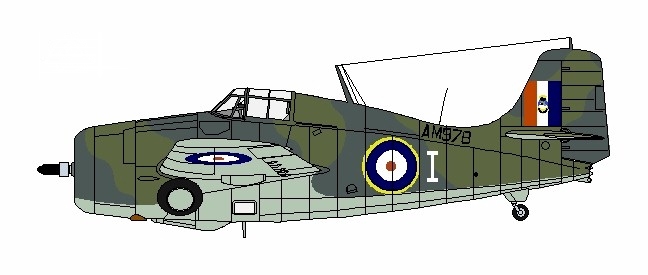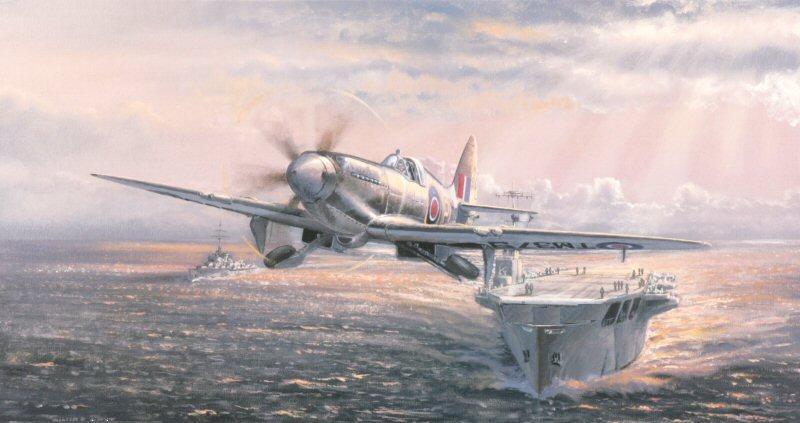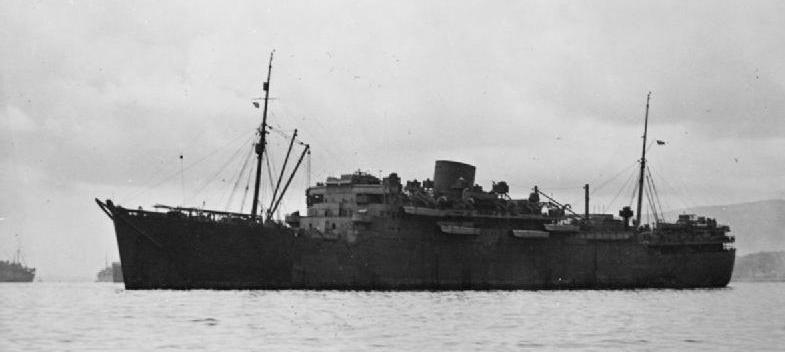.png)
HMAS Albatross (CVE-1934+)
The Albatross class started from a plethora of circumstances. The Australis Navy wanted to keep on with improving its Aircraft Carrier force as at 1928 it only had the two ships Carpentaria and Van Diemen. These ships were providing all of the testing and training facilities and while the Van Diemen got to act with the fleet the Carpentaria was tied to the training establishments. To change that the Australis Navy went looking for a merchant ship that they could convert to an aircraft carrier. Languishing in Newcastle was a 600 foot cargo liner that was about 85% complete whose shipping line had gone bust in the Depression.
.png)
The ship (Adelaide Star) was purchased and towed to the Navy Dockyard at Newcastle for conversion to an aircraft carrier operating fixed wing aircraft. 1930 started the conversion which was completed by 1933 and accepted for service in 1934, thus was born the escort carrier.
The ship was used as a testbed for various systems untill 1935. At which stage she took over the training duties from the Carpentaria. The Australis Navy was very happy with the ship and the Royal and Southern African Navies had also taken note of the conversion. The Australis Navy decided to lay down more of the merchant hulls which could be used as merchant vessels till such time as they may have been required to be converted to aircraft carriers. 2 ships were laid down in 1936, 1 in 1937 and 1938, 2 more in early 1939, then 6 more on the outbreak of war. The two laid down in 1936 were to be completed in 1939 as merchant ships but due to the the Spanish civil war and the drawing of lines between Germany and Italy on one side and Britain and France on the other coupled with the Sino-Japanese war the ships were converted to aircraft carriers. In the end none of the ships plied their mercantile trades till after the war.
The class ended up as three distinct batches, the main differences being in the bridge structure and minor AA weaponry. The Fulmar shown above is a batch 1 unit and is as completed. Further changes of armament changed out the single 4" by the bridge for quad 2pd pom poms and the quad 0.5" machine guns were replaced with single or twin 20mm. Those ships completed to that standard were batch 2.
Eventually the batch 3 ships were completed with a uniform armament of 40mm weapons in single and twin mounts. Radar and other electronic equipment increased throughout the war. Because of the surfaced U-boat threat in the night wolf pack tactics, at least one 4" was kept in the stern. With only one 4" left of the original four mountings, the need for a dedicated HA/LA fire control director was minimal and the director was removed from the Batch 3 ships and replaced with a simple rangefinder. This was done retroactively on the Batch 1 & 2 ships as they were refitted to Batch 3 standards.
The Southern Africans (4) and the Royal Navy (18) also built Albatross class escort carriers. (See HMS Tintagel Castle)

The Australis Navy bought 200 of the Grumman Wildcat fighter for use on the Albatross class Escort carriers, these aircraft were called the "Martlet" in Commonwealth service.
| Displacement | 18,500 tons full load | ||
| Length | 605 ft | ||
| Breadth | 78 ft hull (96 ft over sponsons) | ||
| Draught | 26 ft | ||
| Machinery | 2 shaft steam turbines 44,000shp | ||
| Speed | 24 knots | ||
| Range | 6000 miles at 15 knots | ||
| Armour | 1.5" over machinery and armoury | ||
| Armament | Batch 1 (1934-39) 4 x 4" (4x1) 4 x 2pd (1x4) 16 x 0.5" mg (4x4) |
Batch 2 (1940-42) 1 x 4" (1x1) 12 x 2pd (3x4) 8 x 20mm (4x2) |
Batch 3 (1943-45) 1 x 4" (1x1) 10 x 40mm (3x2 4x1)
|
| Aircraft | 32 (1940 outfit) 12 x Swordfish 8 x Martlet (Skuas in UK/SA ships) 12 x Hurricane |
||
| Torpedoes | Nil | ||
| Complement | 1240 with aircrew | ||
| Notes | HMAS Albatross 1934 HMAS Condor 1939 HMAS Fulmar 1939 HMAS Harrier 1940 HMAS Falcon 1940 HMAS Kakapo 1941 HMAS Osprey 1942 HMAS Cormorant 1942 HMAS Petrel 1942 HMAS Kiwi 1943 HMAS Shearwater 1943 HMAS Moa 1943 |
||
HMAS Fulmar trialling the Spitfire in 1940.


Merchant vessel Durban Castle in 1948, an Albatross class ship in original cargo liner fit out.